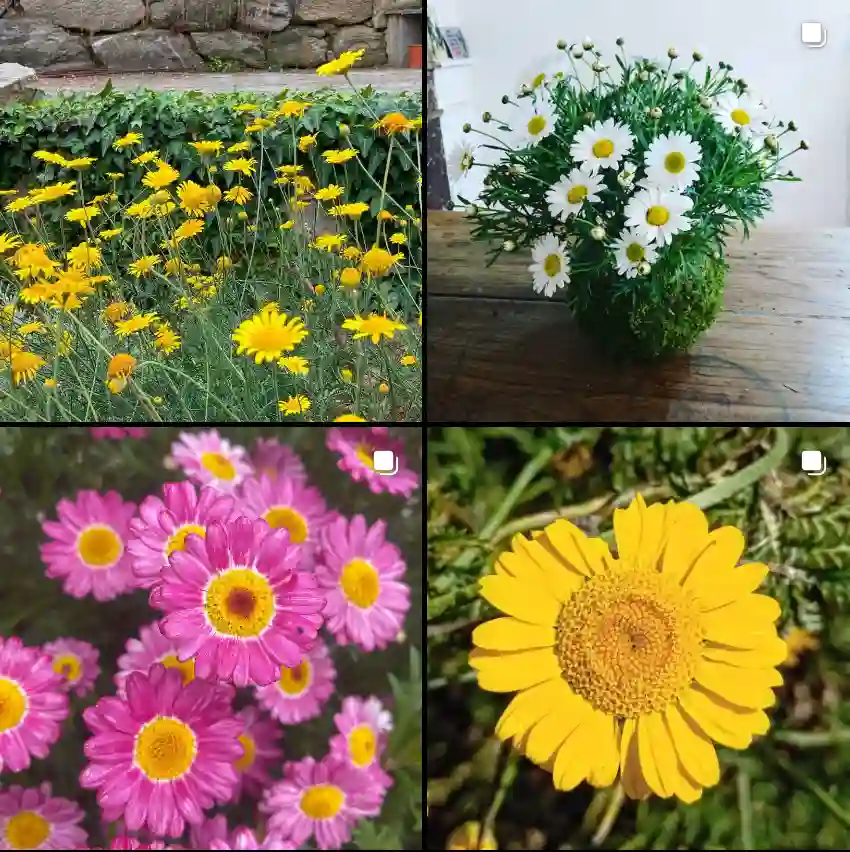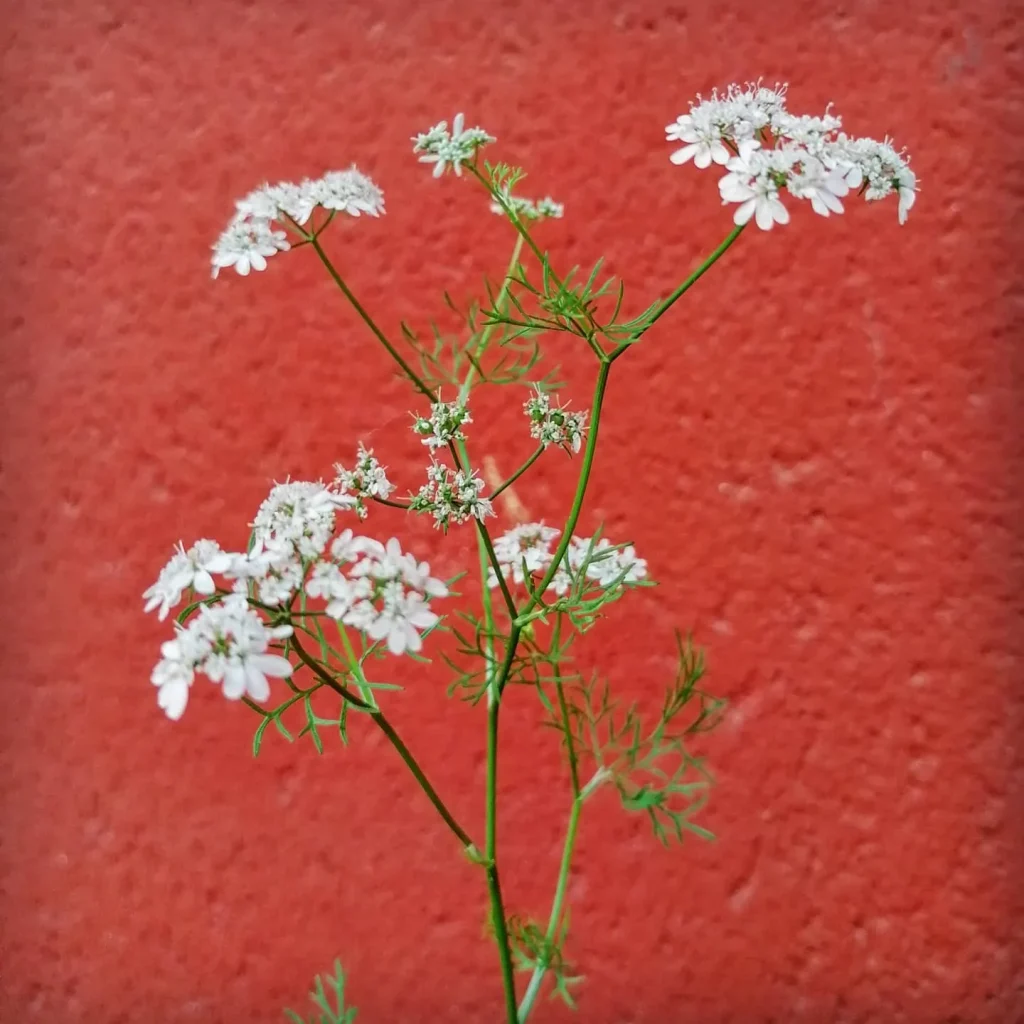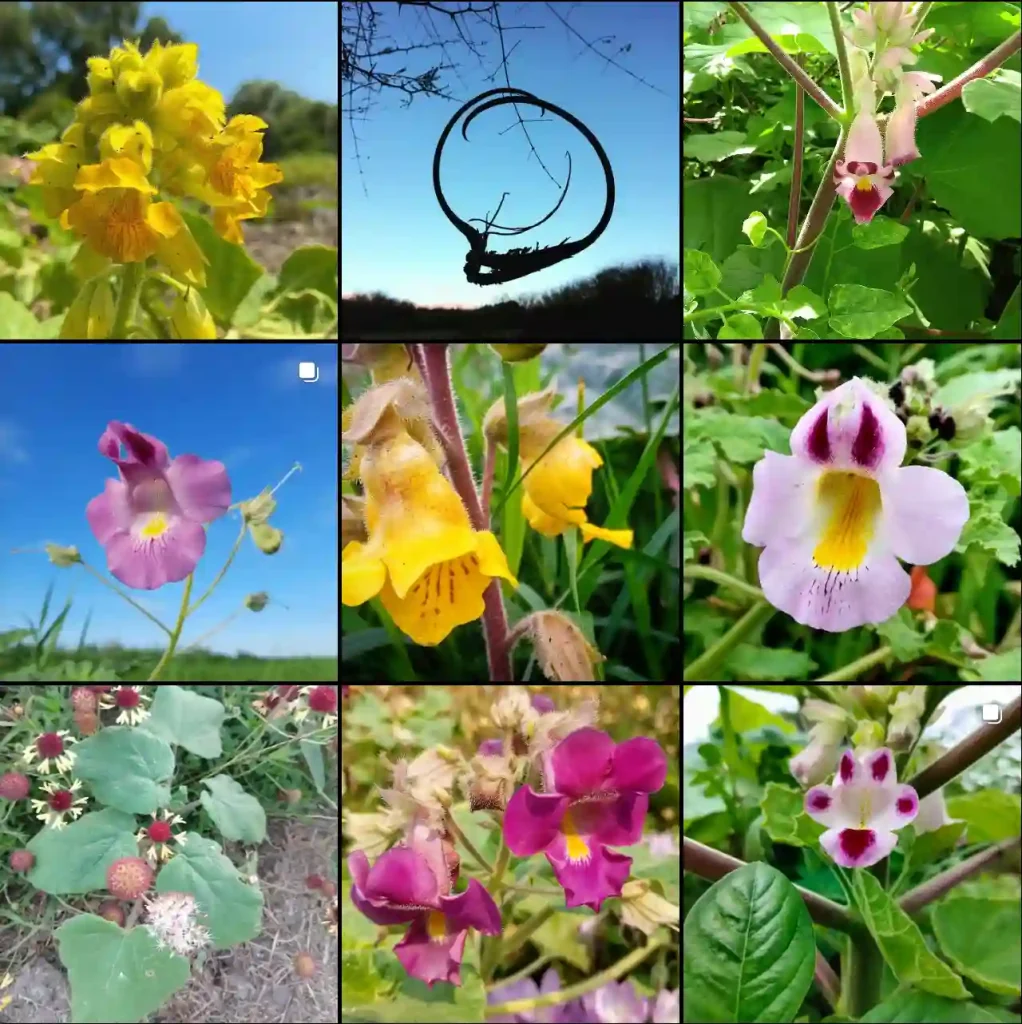My Fascination with the Ximenia Genus
As a botanist, I’ve always been drawn to the unique and diverse world of plants. One genus that has particularly captured my attention is Ximenia, a group of flowering plants belonging to the Olacaceae family. These plants, often characterized by their thorny branches and fragrant flowers, are found in tropical regions around the globe. I first encountered a Ximenia species during a field trip to South Africa. The sight of its bright red fruits against the backdrop of the African savanna left a lasting impression. Since then, I’ve made it my mission to learn as much as I can about this fascinating genus.
A Closer Look at Ximenia
The genus Ximenia was named in honor of Francisco Ximénez, a Spanish monk who meticulously documented the plants of Mexico in the 17th century. These plants are typically shrubs or small trees, often armed with spines for protection. Their leaves are simple and alternate, and their flowers, though small, possess a delicate beauty. But perhaps the most striking feature of Ximenia plants is their fruit. These drupes, often red or yellow when ripe, are not only visually appealing but also an important food source for both wildlife and humans.
Diversity within the Genus
While the exact number of Ximenia species is still debated among taxonomists, there are several recognized members of this genus:
- Ximenia americana: This species, commonly known as the tallow wood or hog plum, is widespread throughout the tropics. It is recognized by its fragrant white flowers and edible yellow fruits.
- Ximenia afra Sond.
- Ximenia coriacea Engl.
- Ximenia glauca (DeFilipps) Bentouil
- Ximenia horrida Urb. & Ekman
- Ximenia intermedia (Chodat & Hassl.) DeFilipps
- Ximenia parviflora Benth.
- Ximenia perrieri Cavaco & Keraudren
- Ximenia pubescens Standl.
- Ximenia roigii León
The Importance of Ximenia
Ximenia plants play a crucial role in their ecosystems. Their fruits provide sustenance for a variety of animals, while their flowers attract pollinators like bees and butterflies. For humans, Ximenia has a long history of use. The fruits are eaten fresh or processed into jams, jellies, and beverages. The leaves and roots are used in traditional medicine to treat a range of ailments. Moreover, the wood of some Ximenia species is valued for its durability and is used in making furniture and tools.
Conservation Concerns
Despite their ecological and economic importance, some Ximenia species face threats due to habitat loss and overexploitation. It is crucial that we take steps to conserve these valuable plants for future generations. This can be achieved through sustainable harvesting practices, habitat restoration, and raising awareness about the importance of biodiversity.
My Ongoing Research
My current research focuses on the genetic diversity of Ximenia americana. By studying the genetic makeup of different populations, I hope to gain insights into the evolutionary history of this species and its ability to adapt to changing environmental conditions. This information can be valuable for conservation efforts and for developing sustainable strategies for the use of Ximenia resources.
Looking Ahead
The Ximenia genus is a testament to the wonders of the plant kingdom. These resilient plants, with their diverse uses and ecological significance, deserve our attention and protection. As I continue my exploration of Ximenia, I am excited to uncover more secrets about this fascinating genus and contribute to its conservation.
If i die, water my plants!



